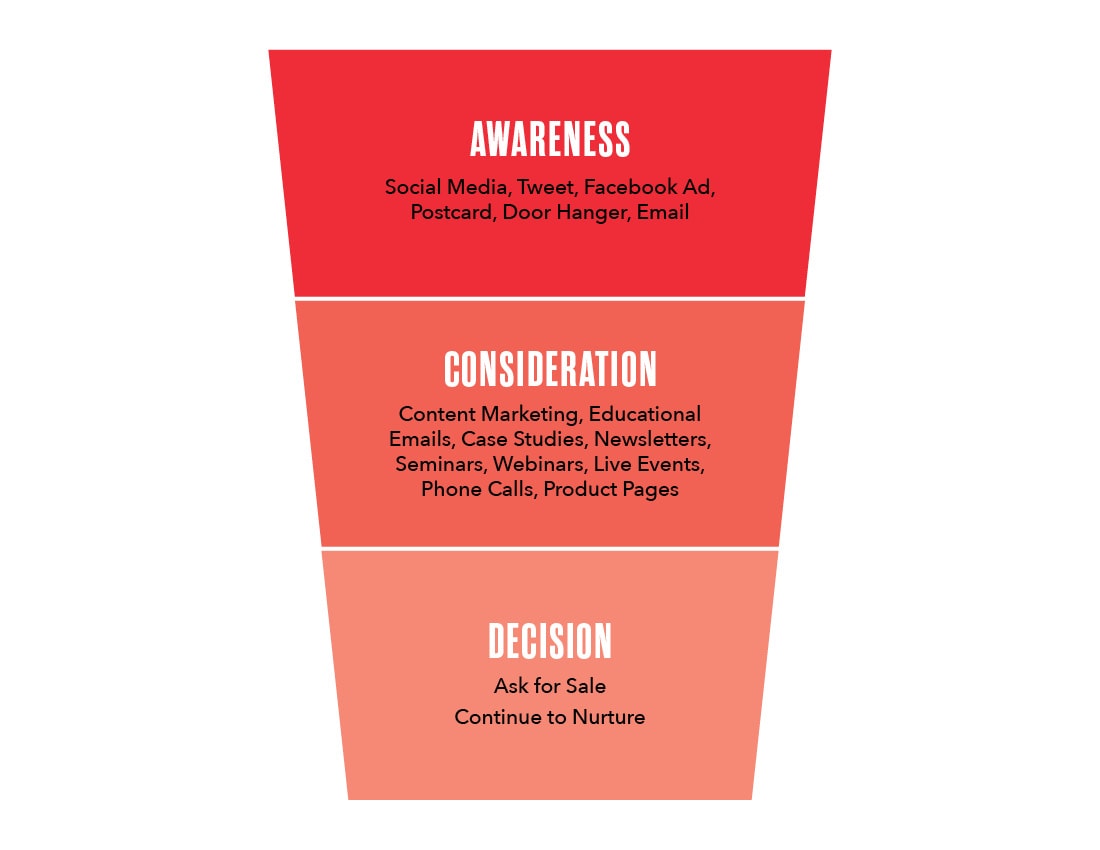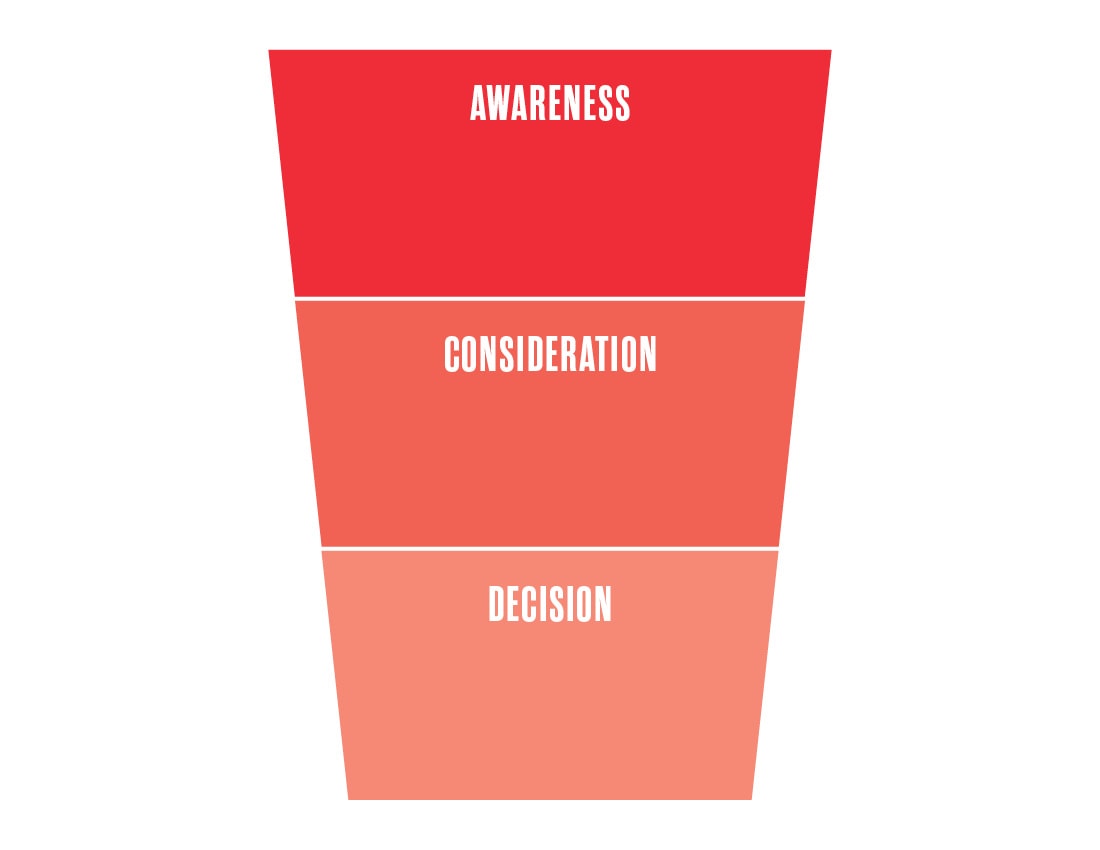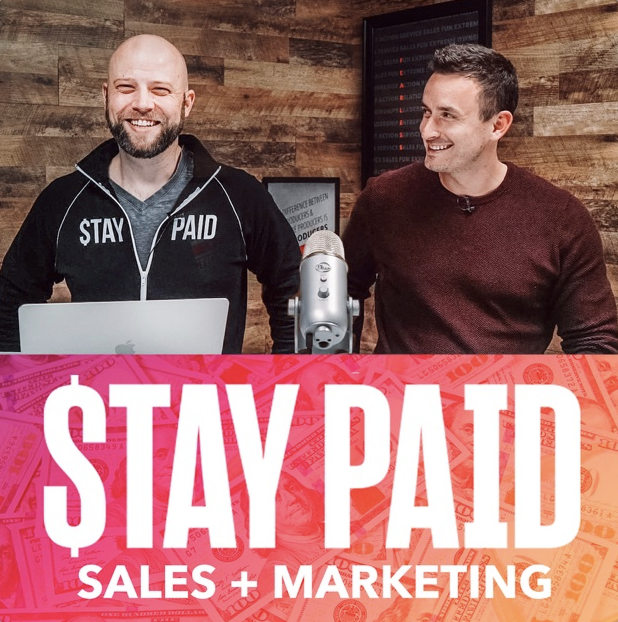Lead Generation for Small Business
A Guide to the Essentials of Small Business Leads
Who should listen: Any small business owner who wants to diversify their lead generating activities and familiarize themselves with lead management technology.
Key idea: When planning your marketing strategy, it’s critical that you consider where people are within your various sales funnel stages and that you direct the right messages to the right stages.
Action item: Run a Facebook ad.
In this week’s Silver Dollar episode, the Stay Paid pals return to our listeners’ most often mentioned topic (lead generation) and most frequently asked question (how do I get more leads?).
Since so many listeners are interested in the same topic for the same reason, we thought it a good idea to start by ensuring that everyone shares the same understanding of what lead generation is.
We also want to provide a clear picture of what a sales funnel is, since your sales funnel (some call it a marketing sales funnel) and your marketing efforts interact in ways that will determine how successful your lead-generation efforts will be.
Lead generation and the sales funnel
According to Wikipedia, lead generation is “the initiation of consumer interest or inquiry into the products or services of a business.” Sounds simple, right? All you need to do is sufficiently catch someone’s attention so that they take an interest in what you’re selling, and voilà!, you have a lead.
Not quite.
The holy grail of any marketing campaign (whether it’s a social media campaign, an email campaign, a media campaign, a brand awareness campaign, or any other type of marketing or advertising campaign) isn’t the generation of leads. It’s the generation of lucrative leads—those people most inclined to become clients and customers. Many people may click on a compelling blog title, but that doesn’t mean any of them are sufficiently primed to become a client or customer.
This is where your sales funnel becomes important to your marketing.
A sales funnel is a visual representation of the buyer’s journey. Generally speaking, while the number of stages in the journey/funnel varies depending on the particular schematic, at the top of the funnel are people who are aware that they have a problem, need, or desire. This is the awareness stage.
In the middle are prospects who are looking for a solution to their problem. This second stage is the consideration stage.
At the bottom of the funnel are the people who have passed through the first two stages and are now at the point of deciding among their options. As you may have guessed, this final stage is the decision stage.
It would be nice if people moved in an orderly fashion through your funnel. First, they become leads, then they all move on to become prospects, and prospects turn into paying clients and customers. Alas, we all know it doesn’t work like that.
At every stage, your funnel is going to spring leaks.
People will opt out, ignore you, or make a different decision—whatever the circumstances, they are no longer engaged. It happens. This is why you always need to be involved in lead generation. HOWEVER, if chasing new leads is all you do, you will never get off the hamster wheel. That is why you need to generate leads from your existing base of clients—they are crucial to your long-term growth and success.
Send the right message to the right stage
Sometimes the perfect piece of marketing doesn’t perform as expected because it is sent to the wrong people. For example, sending a request for an appointment to people in the awareness phase isn’t likely to turn them into customers.
The remainder of these show notes will explain what types of messages need to be sent to each of the three stages of the sales funnel.
When you listen to the full episode, you’ll hear us explain six different types of lead generation: social media or paid advertising, content marketing, referrals, circle prospecting, events, and email marketing.
We use the final third of the episode to introduce some marketing automation tools you can use to free yourself up for more client-focused activities and that make your marketing less of a chore.

Use the mediums and messages appropriate to each stage of the sales funnel to target and engage leads successfully.
Top-of-funnel marketing
Communications you send to people at the top of the funnel should be intent on having them get to know you and your brand.
It’s probable these folks have not heard of or encountered you, your business, or your products and services before. They are at the point where they are gathering their information and doing research. By understanding who is in the awareness stage of your funnel, you can easily see why a request for an appointment sent to people in this stage will very likely fall flat.
The type of marketing messages appropriate to this stage of the funnel can be a blog shared by a friend, a tweet, a Facebook ad, an “agent introduction” postcard, a door hanger, an email, or anything else that captures people’s attention.
At the top of the funnel, you don’t want to push too hard. Your primary goal is to have these leads continue to be engaged. You want them to visit your website, request more information, attend an event . . . just don’t ask for the sale.
Middle-of-funnel marketing
The second stage is where people start to consider their choices and are mulling over what to do next. It’s here that you want to nurture your prospects and get them to like you and begin to recognize you as a trusted expert.
As you probably know, people can stay in the middle of the sales funnel for a long, long time. It may take years of connecting over and over again with a prospect before they are ready to take the next step. (This is why the marketing automation tools we discuss are important, so you’ll want to listen carefully to that segment of the episode.)
But when they are ready to move forward, you want to be the name that is top of mind for them.
Being remembered until the time is right is what nurturing campaigns are all about.
The marketing you direct to this stage of your funnel should be consistent and should deliver value. Regularly producing and sending content that is educational, entertaining, and endearing will give people something useful that won’t end up in the trash. It’s precisely for this reason that we create personally branded magazines and other high-quality content for our clients.
Marketing that will nurture people in the consideration stage includes content marketing, educational emails, case studies, newsletters, seminars, webinars, live events, phone calls, product pages on your website, and much more.
Bottom-of-funnel marketing
Once people have reached the bottom of the funnel—when they’ve reached the stage where they should be ready to make a decision—you need to close the deal and ask for the sale. (We’ve got another Stay Paid episode that explains six proven closing strategies you might want to check out.)
Once you’ve won a client, you should turn your attention to retaining that client. At the end of every sale is the potential for another sale in the form of repeat business and referrals. This means you need to continue to nurture them like you did your new prospects in the second stage. Don’t let your clients forget about you!
Please enjoy this episode, and we’d appreciate it if you would give us a five-star rating and leave a review on Apple Podcasts. (Not sure how to leave a review? Click here.)
Connect | Resources
Free webinar: The 3 Facebook Ads That Every Agent Needs
Free e-book: Lead Generation for Real Estate Agents
Our three-part blog series on finding free leads:




















 Soundcloud
Soundcloud iHeart Radio
iHeart Radio Spotify
Spotify Spotify
Spotify


